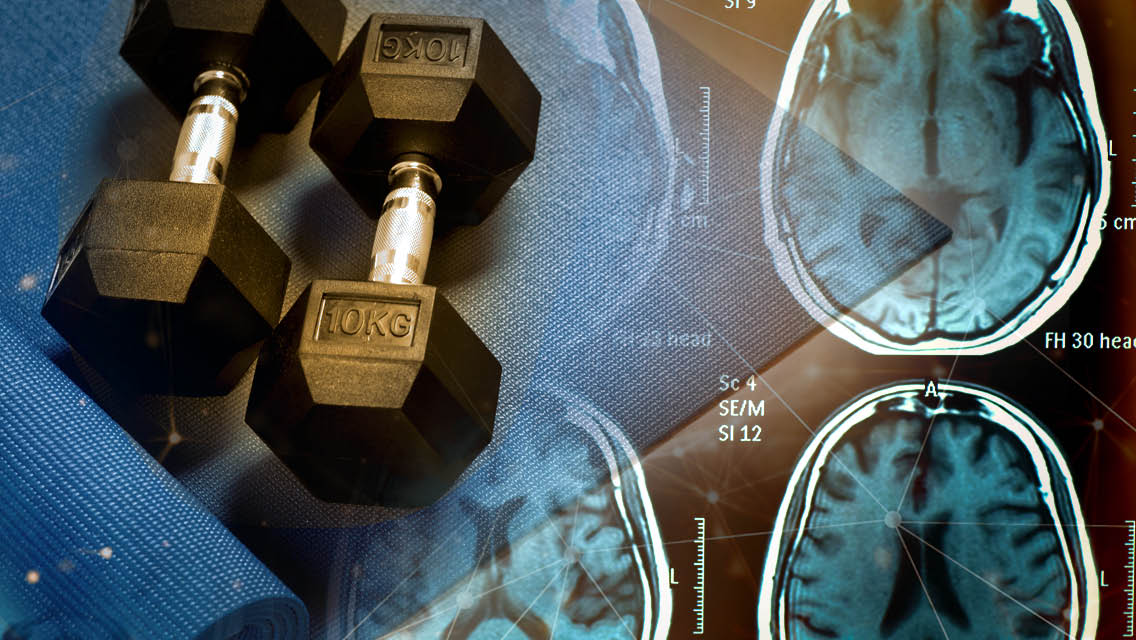We have long credited endorphins for the runner’s high that melts away anxiety and masks the strain of jogging. But new research suggests the buzz may be due instead to endocannabinoids — a naturally occurring chemical similar to the cannabinoids in CBD extracts and the THC in marijuana.
Endocannabinoids, or endogenous cannabinoids, are cannabinoids produced in the body. They work in the endocannabinoid system (ECS) with receptors throughout the nervous system. The ECS modulates energy and well-being; battles inflammation; relieves pain; and affects physiological functions such as sleep, appetite, memory, and movement. And it likely does even more: The ECS, discovered in 1990, is a relatively new area of research.
Endorphins are natural opioid painkillers produced by our bodies, and research in the 1980s pointed to them as the source of the subtle euphoria. But in a 2015 study on mice, German scientists observed that endorphins do not seem to be responsible for the beneficial effects of acute exercise.
Even though runners’ blood often contains extra endorphins, the hormone can’t reach the brain and alter mental states. So the team began looking deeper into the high’s biomechanics.
For the new study, the researchers recruited 63 male and female runners and assigned half to receive naltrexone, which blocks opioids, including endorphins; the rest took a placebo. Participants then ran for 45 minutes; on a separate day, they walked for the same amount of time.
“Other endurance-exercise regimes are also likely to lead to a comparable rise in endocannabinoids.”
After each session, the scientists drew blood and asked the volunteers if they had experienced a runner’s high. Whether they were in the naltrexone or placebo group, many said they felt buzzed during the run (but not the walk).
In analyzing the blood tests, the researchers discovered elevated levels of a lipid-soluble endocannabinoid called anandamide, which can cross into the brain. This occurred even if their endorphin system had been blocked. The 2021 findings were published in Psychoneuroendocrinology.
“It is very likely that the increase of endorphins has some biological significance, but we are pretty sure that they do not play a major role for the runner’s high,” explains lead author Johannes Fuss, MD, a psychiatrist at Germany’s University Medical Center Hamburg-Eppendorf.
And it’s not just runners who can get “high” on exercise, says Fuss. “Other endurance-exercise regimes are also likely to lead to a comparable rise in endocannabinoids. This has been shown for cycling, but I don’t see why this shouldn’t work for endurance-exercise regimes as well.”





This Post Has One Comment
I’m so happy to know about this natural high👍🏻